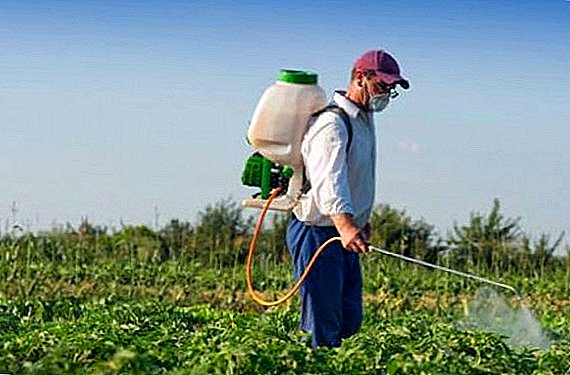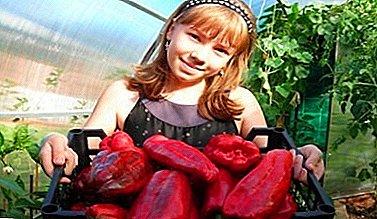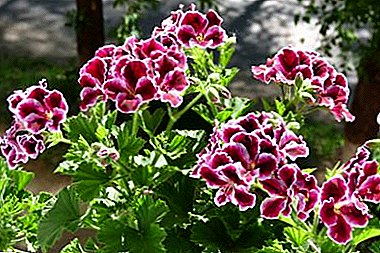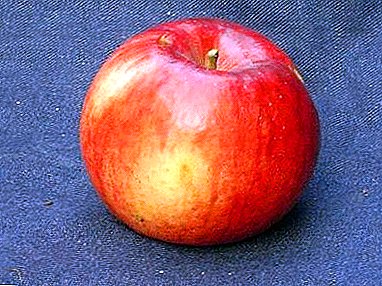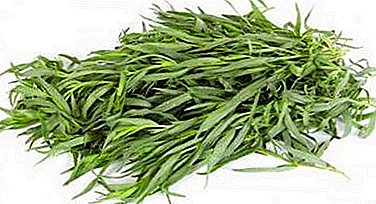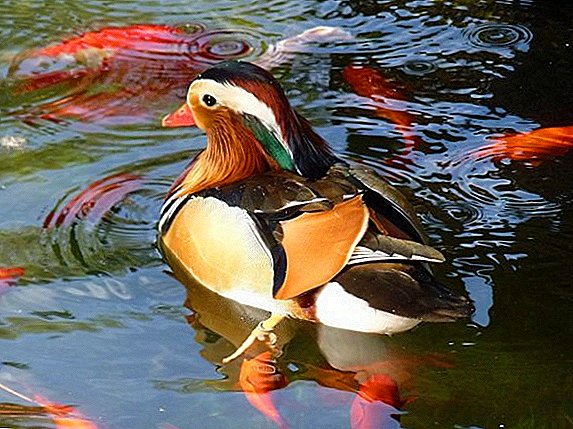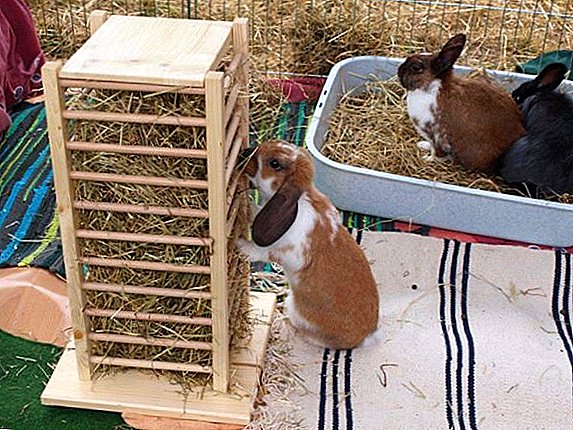
Gerbera is a perennial herb belonging to the family of Compositae (or Aster). About 70 species are known. The homeland of flowers is South Africa.
There is a legend about gerberas. Forest nymph named Gerba admired with its beauty not only young men, but also girls. Excessive attention soon tired of the beautiful nymph, she wanted to turn into an equally beautiful and modest flower, which later became called a gerbera.
In our article you will learn where this amazing flower came from, after whom it is named. We will tell you how to grow gerberas and properly care for them. You can also watch a useful video on the topic.
The origin of the flower
The first scientific mention of the plant appeared in the works of the Dutch botanist E. Gronovius in 1737. Gerbera began to call this plant in honor of the German doctor and botanist T. Gerber. The modern gerbera variety appeared as a result of the crossing of two South African species - the Jameson gerbera and the green leaf gerbera. Gerbera is one of the most important cultures of floriculture, sold worldwide along with rose, carnation, chrysanthemum and tulip.
Gerbera - light and heat-loving plant that can grow only in hot countries in open ground. In the middle band conditions can be grown only in greenhouse conditions. There are no domestic varieties in Russia, so the gerbera has not yet taken its rightful place.
Flower features
Gerbera flowers are similar in shape to daisies (they are collected into basket-shaped buds, arranged singly and reach 0.04-0.15 m in diameter). There may be a variety of colors, except for blue. There are terry and semi-double forms, differing among themselves by the number of "petals", length and width.
Growing conditions at home
 The seeds of these plants can be easily found on the shelves of flower shops.. But the plant is perennial, and during our winter it does not overwinter either with shelter or without shelter. This plant for the summer can be planted in the garden in a pot. And for the winter it is necessary to clean up home, because the very first frosts will kill the foliage of this plant.
The seeds of these plants can be easily found on the shelves of flower shops.. But the plant is perennial, and during our winter it does not overwinter either with shelter or without shelter. This plant for the summer can be planted in the garden in a pot. And for the winter it is necessary to clean up home, because the very first frosts will kill the foliage of this plant.
Gerbera is sold in flower shops already in pots in bloom. Having brought it home, over time, you will notice that it loses its appearance, ceases to bloom, and the leaves become faded. The reason is that gerbera is a very demanding plant.
Conditions under which the gerbera will bloom and will not perish:
- Bright lighting. The plant must be grown on the south side. And in winter, in order for the gerbera to grow well, it needs to make additional lighting even on the south window.
- Nutritional value of the earth. Once brought from the store, it is better to immediately transplant into a larger pot. After two weeks, as the plant takes root to begin feeding. Feed the plant fertilizer for roses, they have the most nutrients.
- Regular watering. The slightest drying of the substrate leads to wilting of the leaves, and they fall.
- Constant inspection. Gerbera has very delicate leaves, which love insect pests.
Watch the video about the features of gerbera care at home:
Breeding methods
There are three ways to propagate and grow a gerbera. Consider them.
Seminal
This is the easiest way, sometimes it does not work because gerbera seeds do not germinate well. For successful planting it is recommended to use only fresh gerbera seeds.. The most suitable time for sowing seeds is spring.
Sowing of seeds is quite simple, seeds are laid out in the damp ground of a plastic container, put them on top, sprinkled with dry earth and sprayed again. Be sure to put under the lamp.
Important: Tall types of gerberas are grown in the open field.
When a flower has 2-3 leaflets, it is necessary to carry out the first pick.. The next pick is done in the phase of 5 leaves, but in separate pots. Feed starts to give a month after seating in different pots (for more information on growing gerbera from seed, read here).
Watch a video on growing gerbera from seeds:
Division
 Allows you to make a large number of young plants from one adult. This favorably affects the adult gerbera, acquiring a second youth, continues to grow and develop. The optimal age for gerbera suitable for dividing is considered to be 4 years old.
Allows you to make a large number of young plants from one adult. This favorably affects the adult gerbera, acquiring a second youth, continues to grow and develop. The optimal age for gerbera suitable for dividing is considered to be 4 years old.
Conduct this procedure in the summer. When the plant has faded it is necessary to carefully pull it out of the flowerpot, shake off the ground and divide it with a knife into parts.
Each piece should consist of a couple of leaves, part of the underground escape and part of the root. Too long roots are pruned, leaving 10-15 cm in length.
Cuttings
Use very rarely due to low efficiency. A part of the stem with a leaf is cut off and planted in a separate box with the ground at a temperature not lower than 20 degrees.
Planting and caring for flowers at home
The plant should be located on a plot with a sunny side. You can plant gerberas in absolutely any soil, the main thing is to pre-fertilize it with inorganic fertilizers. Water should not stagnate. Organic soils are not recommended for planting gerberas, as this plant is prone to fungal diseases, which often develop in organic fertilizers.
Likewise, compact gerbera varieties are planted in room conditions. Only for growing it is recommended to use perlite or a weakly acidic substrate that is not susceptible to fungal diseases. Plants growing in clean pearlite need regular fertilizing with mineral fertilizers..
Gerbers grown in the substrate require feeding every two weeks. To feed the plants in winter is not necessary. Watering should be moderate, as the substrate dries. For irrigation use only soft and distilled water.
During the period of active growth, the gerbera is watered abundantly, but they do not allow waterlogging.. Faded flowers are promptly removed to stimulate the growth of new flower stalks.
Board: For the winter, the rhizome is dug up, poured with sawdust or sand and stored in a dry place at a temperature of about 5-8 degrees throughout the winter, until spring.
Diseases and pests
Immunity of any plant falls if it is improperly looked after. This is the cause of gerber disease and the fact that it is attacked by pests.
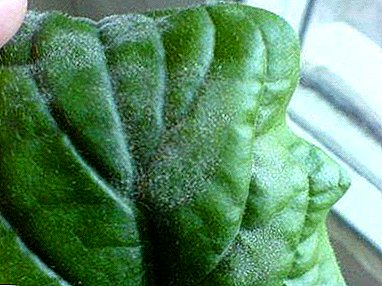 Spider mite. The leaves turn yellow and fall off. This happens because of dry air and lack of moisture. To avoid this, it is necessary to regularly ventilate the room and do not forget to water it.
Spider mite. The leaves turn yellow and fall off. This happens because of dry air and lack of moisture. To avoid this, it is necessary to regularly ventilate the room and do not forget to water it.- Mealy dew. Appears when watering with cold water, a sharp temperature drop. When the disease must be isolated from other indoor plants.
- Whitefly and aphid. It settles on the back of the leaves and lays eggs. Reproduction occurs very quickly. Occurs as a result of lack of moisture.
- White and gray mold. Appears due to waterlogging. Affected leaflets are recommended to remove, spray the plant with a solution of copper sulfate.
Learn more about why gerbera leaves turn yellow and how to deal with it, read in this article.
Compliance with all the conditions of care will help to grow a gerbera at home without any problems and for a long time to admire its beautiful flowers on the windowsill or in the garden.


 Spider mite. The leaves turn yellow and fall off. This happens because of dry air and lack of moisture. To avoid this, it is necessary to regularly ventilate the room and do not forget to water it.
Spider mite. The leaves turn yellow and fall off. This happens because of dry air and lack of moisture. To avoid this, it is necessary to regularly ventilate the room and do not forget to water it.